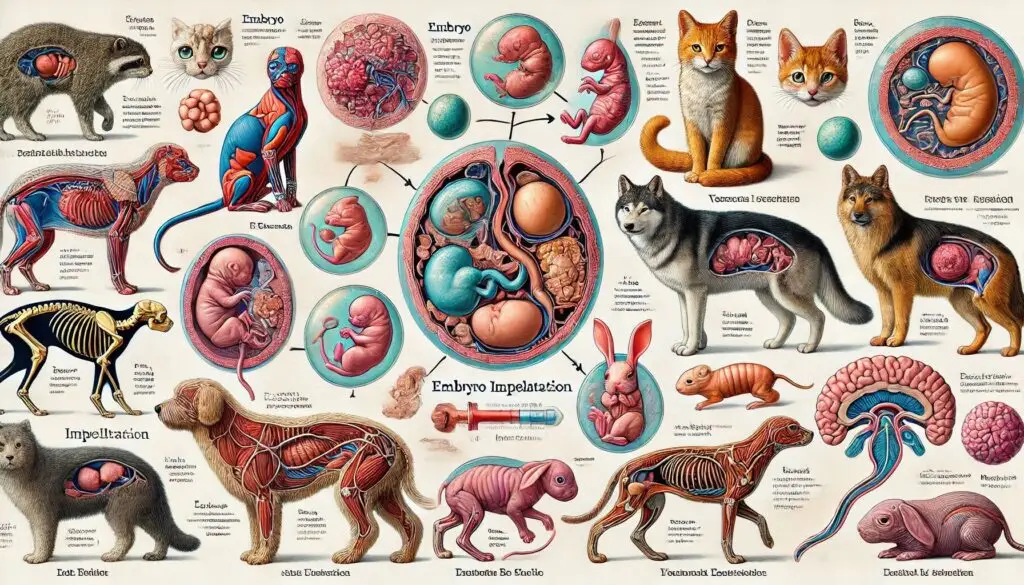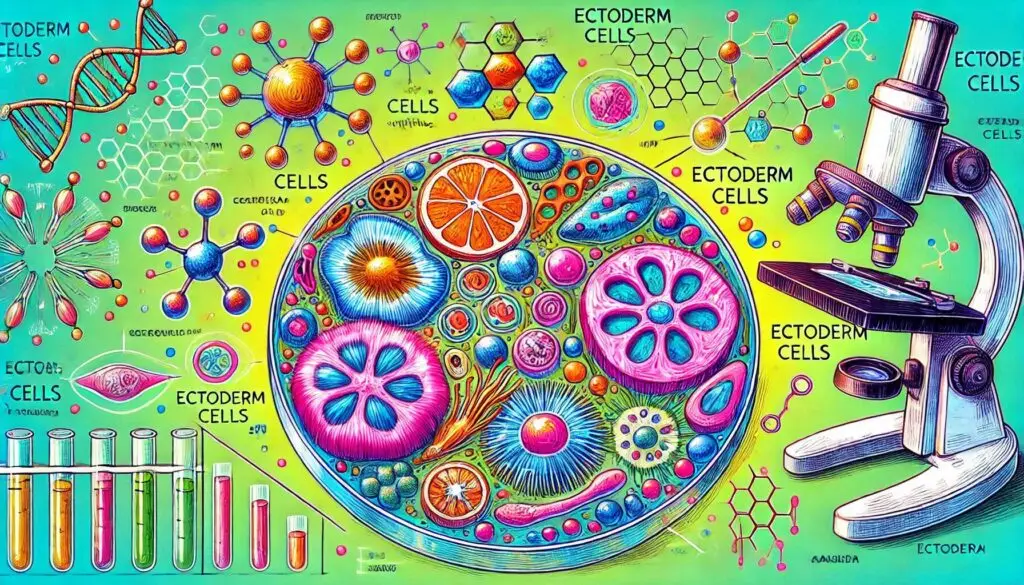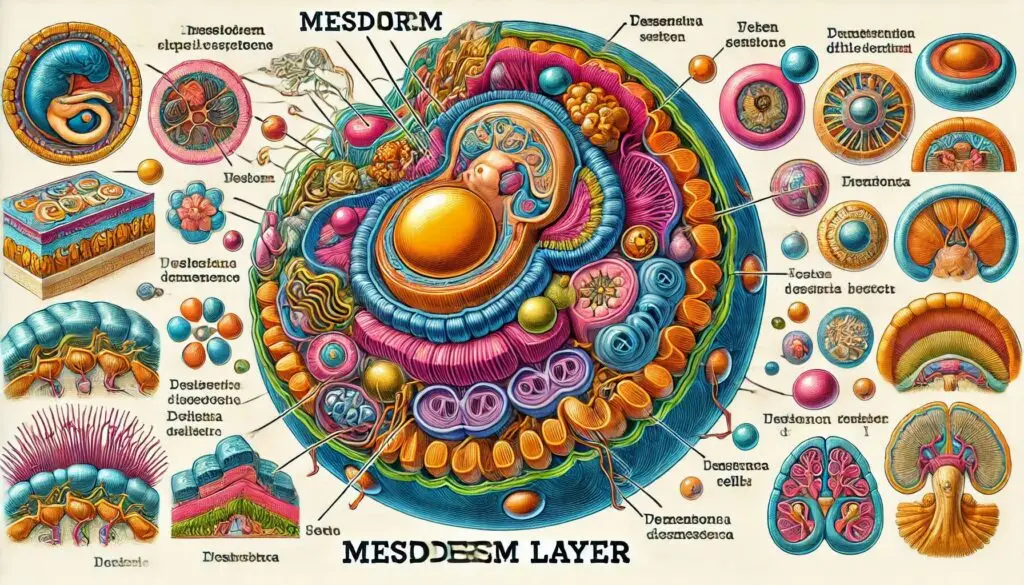Germ Layer Formation in Mammals

Introduction to Gastrulation
Gastrulation is a pivotal phase in embryonic development. It transforms a simple ball of cells into a structured embryo with distinct layers. This process occurs early in the development of mammals, typically around the third week of gestation. During gastrulation, three primary germ layers form: ectoderm, mesoderm, and endoderm. Each layer plays a critical role in developing various tissues and organs.
Understanding this process is essential for grasping how complex organisms develop from a single fertilized egg. This article will delve into the intricacies of germ layer formation, its significance, and the roles of each germ layer.
What is Gastrulation?
Gastrulation is a complex series of events that leads to the formation of the three germ layers. It begins with the blastula stage of embryonic development. At this stage, the embryo consists of a single layer of cells surrounding a fluid-filled cavity called the blastocoel.
Key Stages of Gastrulation
Ingression
Cells move inward from the surface to form new layers.
Invagination
A portion of the blastula folds inward to create a pocket.
Epiboly
The outer layer expands and envelops the inner cells.
For more detailed insights into these stages, you can visit Nature Education.
The Importance of Germ Layers
The three germ layers formed during gastrulation are essential for organogenesis—the process by which organs develop. Each layer gives rise to specific tissues and structures within the body.
Ectoderm: The Outer Layer
The ectoderm is the outermost germ layer. It plays a crucial role in forming structures that protect and support the body.
Functions of Ectoderm
- Nervous System Development: The ectoderm gives rise to the entire nervous system, including the brain and spinal cord.
- Skin Formation: It forms the epidermis (outer skin layer), hair follicles, and nails.
- Sensory Organs: Structures such as the eyes (lens) and ears (inner ear) originate from this layer.
For more information on ectodermal derivatives, check out The Embryo Project Encyclopedia.
Mesoderm: The Middle Layer
The mesoderm is located between the ectoderm and endoderm. It serves as a foundation for many vital systems within the body.
Functions of Mesoderm
- Musculoskeletal System: The mesoderm forms muscles, bones, and connective tissues.
- Circulatory System: It develops into blood vessels and the heart.
- Excretory and Reproductive Systems: The kidneys and gonads also arise from this layer.
For an in-depth look at mesodermal development, visit Khan Academy.
Endoderm: The Inner Layer
The endoderm is the innermost germ layer. It primarily forms internal structures essential for survival.
Functions of Endoderm
- Digestive System: The endoderm develops into the lining of the gastrointestinal tract.
- Respiratory System: It forms structures like the lungs and trachea.
- Endocrine Glands: Organs such as the liver and pancreas originate from this layer.
To learn more about endodermal functions, refer to PubMed Central.
Mechanisms Driving Gastrulation
Several mechanisms drive gastrulation. These include cellular migration, signaling pathways, and mechanical forces within the embryo.
Cellular Migration
Cells undergo various movements during gastrulation. Ingression allows individual cells to move inward while maintaining their integrity. This migration is crucial for forming distinct layers.
Signaling Pathways
Cell signaling plays a significant role in guiding cells during gastrulation. Factors such as fibroblast growth factors (FGFs) influence cell fate decisions. For further reading on signaling pathways involved in gastrulation, check out Cell Signaling.
Mechanical Forces
Mechanical forces generated by cell shape changes also contribute to gastrulation. These forces help cells rearrange themselves into organized layers.
Conclusion
Gastrulation is a fundamental process in mammalian embryonic development that leads to germ layer formation. The ectoderm, mesoderm, and endoderm each play unique roles that are essential for forming various tissues and organs.
Understanding these processes provides valuable insights into developmental biology and its implications for health and disease. As research progresses, we continue to uncover more about how these early developmental stages impact later life stages.
By exploring resources like Nature Education or Khan Academy, you can deepen your understanding of these critical biological processes.
More from Veterinary Anatomy:
Gastrulation






Great blog! Is your theme custom made or did you download it from somewhere? A theme like yours with a few simple adjustements would really make my blog stand out. Please let me know where you got your design. Cheers
I really appreciate your piece of work, Great post.